Page Contents
Immunocytochemistry (ICC) is characterized by imaging primary cells or cell lines in culture. Immunohistochemistry (IHC) refers to the detection of antibodies in tissue sections. Both ICC and IHC applications can utilize chromogenic or fluorescent detection methods. On our product technical data sheets, we use IHC-P to indicate that the antibody is useful in formalin-fixed paraffin-embedded (FFPE) sections and IHC-F to indicate the antibody is useful in tissue that has been fixed and frozen prior to sectioning. If there is only an IHC designation, check the literature citations to determine the method of tissue preparation compatible with each reagent.
View our IHC and ICC protocol videos for step-by-step guides to different microscopy workflows.
 Login / Register
Login / Register 



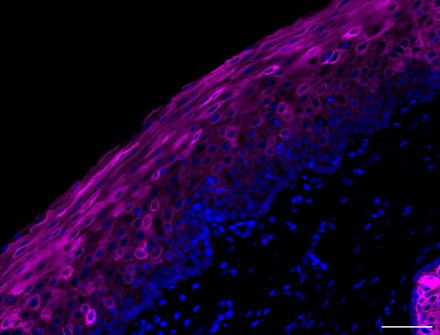
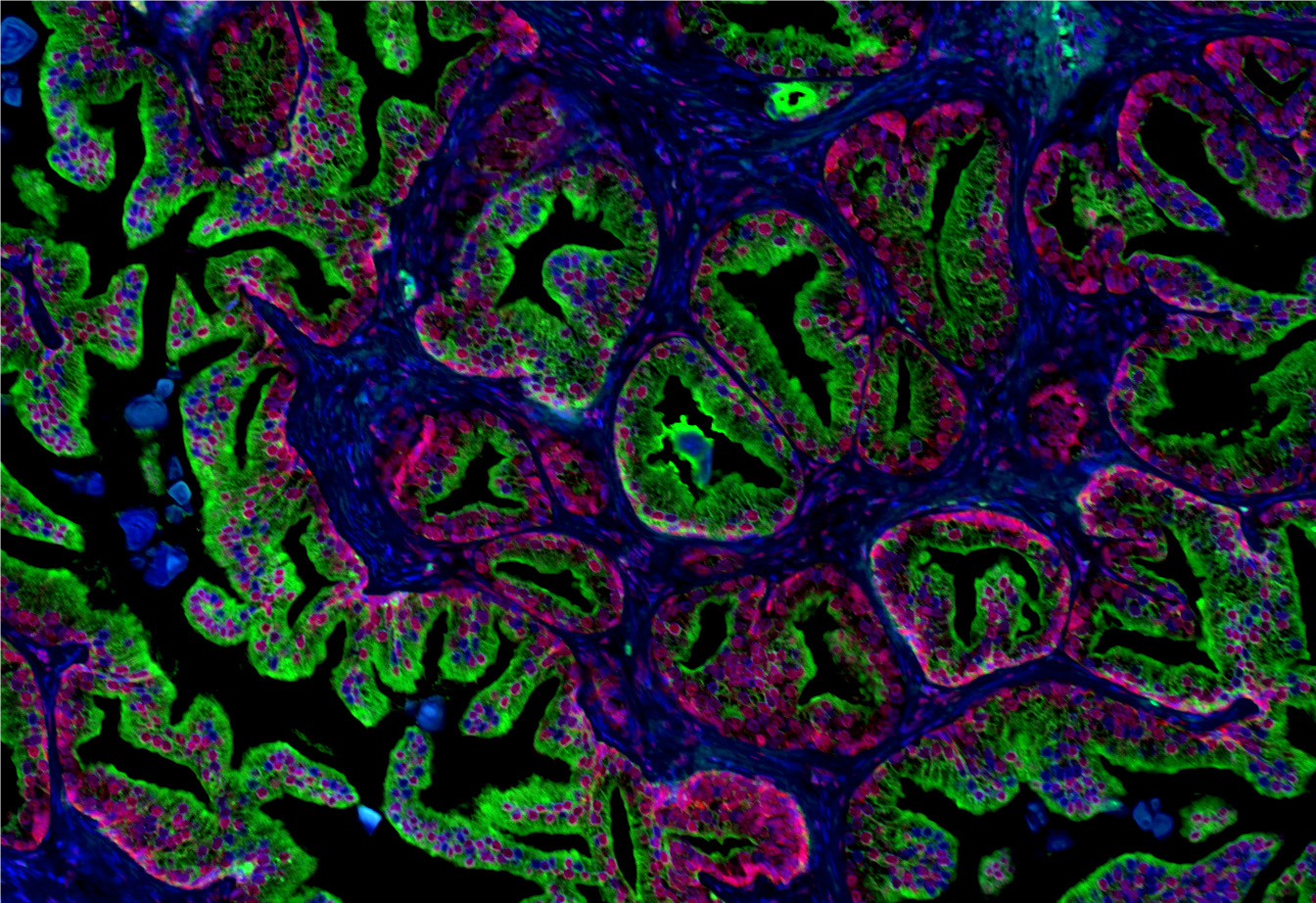
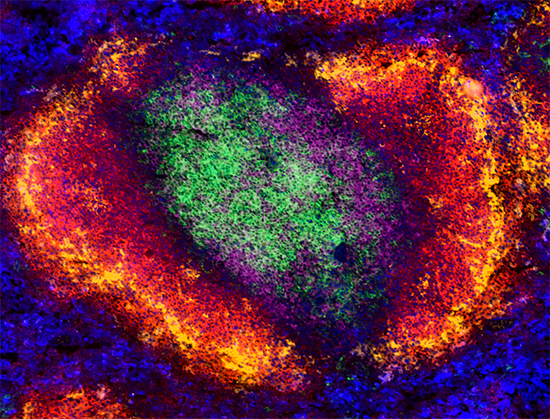
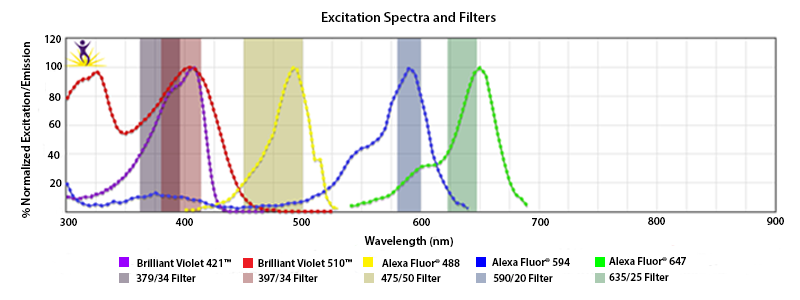
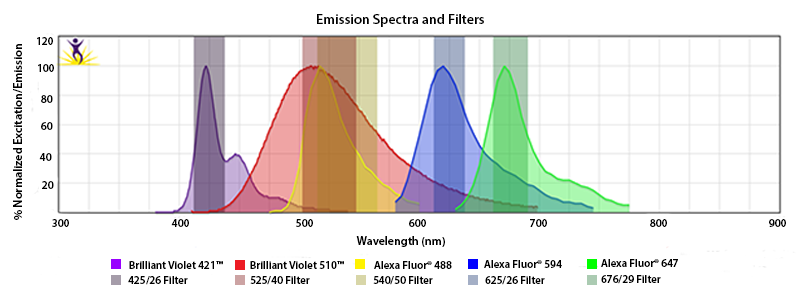
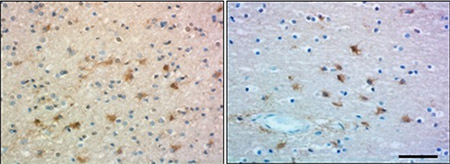



Follow Us